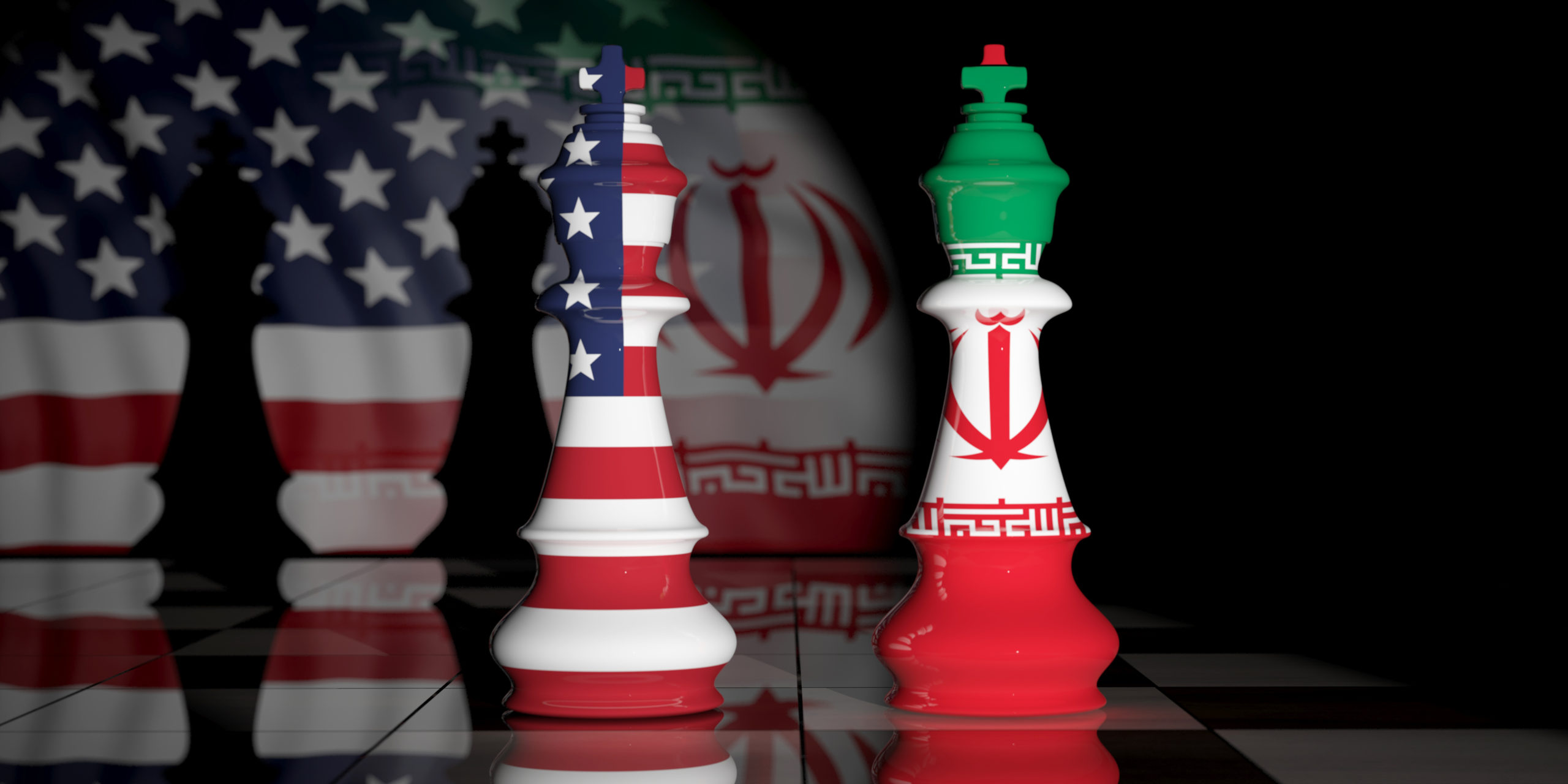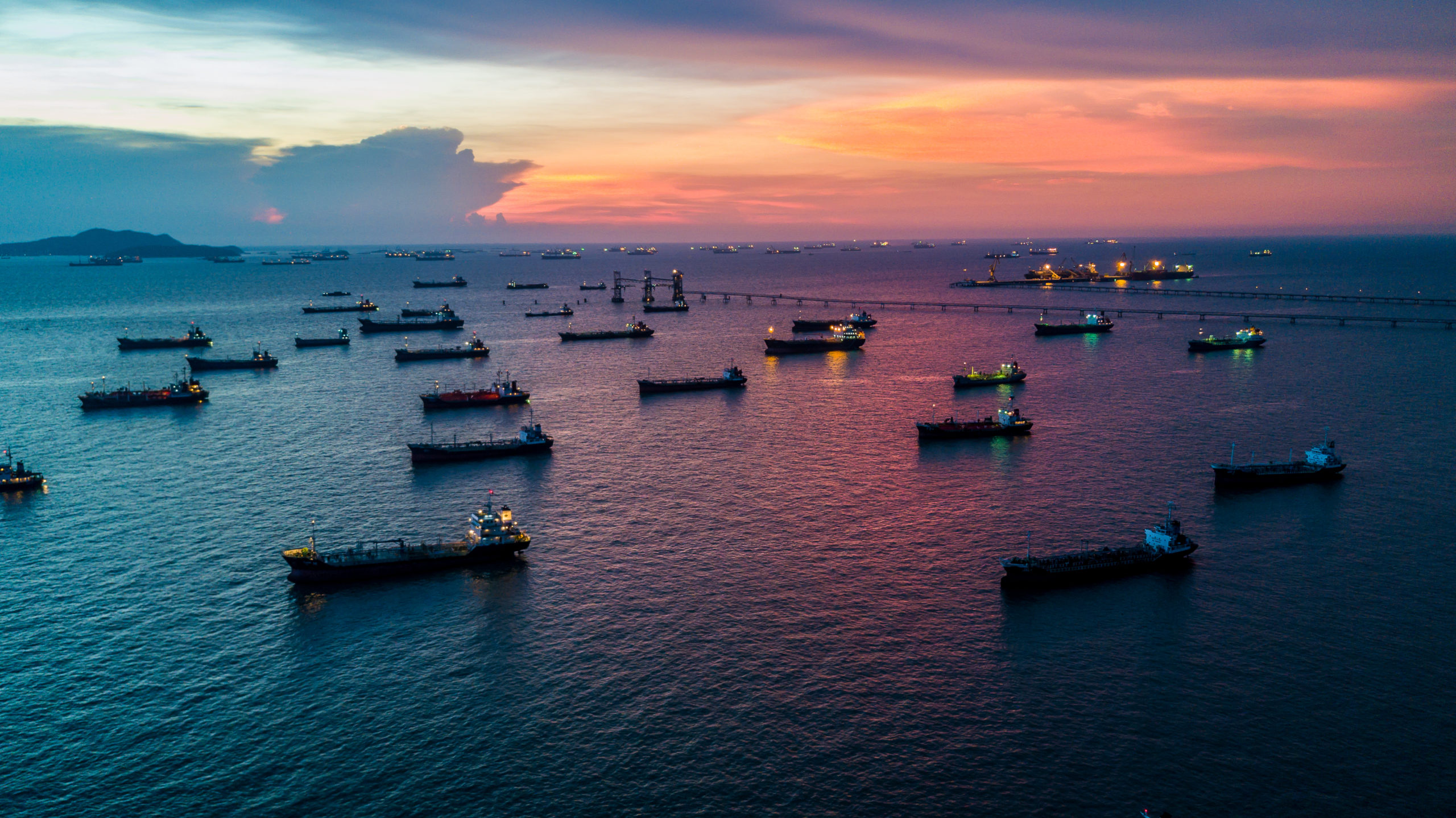Background:
The U.S. – Iranian relationship has been strained for decades. However, the U.S. and Iran have only had direct military conflict once (Iran-Iraq War). Today, armed conflict between the U.S. and Iran more often involves proxies and asymmetric warfare. As we’ve discussed in recent weeks, tensions with Iran are already high and continue to escalate. We believe that it is crucial to understand how Iran’s government is run and how its military operates to properly evaluate the threat. Below we describe Iran’s military capabilities and its historical use of proxy forces in the region.
The IRGC and the Ayatollah Rule Iran:
- Islamic Revolutionary Guard Corps – Born out of the 1979 revolution, the IRGC is the principal defender of the revolution and its ideals. It has evolved to possess enormous political, economic, and military power, and it is Iran’s primary instrument for spreading the ideology of the Islamic Revolution worldwide.
- The IRGC is the main link to its terrorist proxies, which the regime uses to increase Iran’s global influence. In April 2019, President Trump designated the IRGC as a foreign terrorist organization, saying that it “participates in, finances, and promotes terrorism as a tool of statecraft.”
- The Ayatollah is in complete control of the IRGC, though they have their own combatant commanders within the organization. The IRGC’s mission has expanded over the years – imagine a special forces unit nearly 150k strong that acts at the direction of a single leader. The IRGC patrols the Gulf but also is responsible for commanding the proxy forces in Lebanon, Syria, Iraq, and Yemen – very capable and very dangerous elements.
- Iranian cyber command works with IRGC-affiliated businesses on military and commercial espionage, as well as propaganda distribution.
- On May 15th, the IRGC released a statement claiming Iran was now working at maximum capacity in preparation for a “full confrontation” with its “enemy” – referencing rising tensions with the U.S.
- Iran’s conventional forces number about 400,000 and IRGC forces approximately 150,000. Within the IRGC are the Basij militia and the Quds Force.
Basij militia
- The Basij provides defensive military training to protect the regime against foreign invasion and to suppress domestic anti-regime activity through violence and intimidation.
- They are the eyes and ears of the regime.
Quds Force
- The Quds Force is a branch of the IRGC that provides training and weapons to Iranian extremist proxies around the globe.
- The Quds Force uses violence and bribes to heavily influence the politics in Iraq.
- The Quds Force has established offices near Islamic holy sites to attract devout Muslims from Saudi Arabia, Syria, and Iraq.
IRGC Activity in the Region:
Operations in Lebanon
- The IRGC leverages non-state armed organizations throughout the Middle East (such as Hezbollah in Lebanon) to help compensate for Iran’s generally weak conventional military capabilities.
- Through its close ties with Hezbollah, Iran seeks to export its revolution and ultimately maintain a deterrent against Israeli aggression. Hezbollah shares Iran’s hostility towards the U.S. and Israel, and the 1983 bombings of the U.S. Embassy and U.S. Marine barracks in Beirut were attributed to Iranian forces.
Operations in Iraq
- The IRGC’s activity in Iraq (post-2003 U.S. Invasion) became a significant point of contention between Tehran and Washington. The Bush administration identified Iran as part of the “axis of evil” and accused the Quds Force of providing weapons to Shia militias targeting U.S. convoys. Most recently, the Trump administration attributed more than 600 deaths of U.S. troops in Iraq to the IRGC.
Operations in Syria
- Following the 2011 Arab Spring, the Quds Force deployed to Syria. At first, Iranian officials only acknowledged its forces were carrying out a limited mission – defending Shiite shrines. However, later it became clear the Quds Force was supporting Syrian President Bashar al-Assad in his efforts to suppress protests. As the uprising turned to civil war, the IRGC became heavily involved in the fighting. Interestingly, many of those fighting with the Quds Force in Syria are not Iranian, but rather militants from Lebanon’s Hezbollah or Afghan refugees recruited by the IRGC.
Operations in Yemen
- In Yemen, Iranian and U.S. allies face off. The four-year civil war, currently under a cease-fire agreement, demands a Houthi (Iranian back rebel group) withdrawal of Hodeidah, followed by a withdrawal of forces fighting for the Yemeni (Saudi/U.S. backed) government from the outskirts of Hodeidah.
What are the Risks to the U.S. and its interests now?
There are reports that Iran felt the U.S. would strike first in the past few weeks and the IRGC was preparing for counter attacks throughout the region. Academy’s Geopolitical Intelligence Group does not view the current threat environment as one where the U.S. would strike preemptively, though the risk remains for miscalculation and escalation.
The most likely escalation would result from a proxy attack on an ally or non-U.S. shipping, where Iran would attempt to deny responsibility to garner global support, while the U.S. would deem it necessary to respond.
This attack could be conventional, but we can’t underestimate the possibility that Iran will use its cyber warfare capabilities. Academy’s Geopolitical Intelligence Group has often discussed Iran’s ability to destroy and not just disrupt with their cyber-attacks. While the U.S. has hardened its defense against cyber-attacks, some of our allies could be more vulnerable to the real and present cyber threat.
Additionally, a mistake could happen at sea as small armed Iranian boats constantly harass U.S. forces. In this heightened threat environment, if one of our ships feels threatened, they may act first in self-defense.
This heightened state and the attention paid to U.S. mobilization may, however, ultimately reduce the risk of direct conflict between the U.S. and Iran.
“With the extensive media coverage of the situation, IRGC understands the consequences of direct action against U.S. forces—that decreases the probability of a direct assault and increases the probability of covert action on the part of Iran.”
General David Deptula
Original Post 5/22/2019




